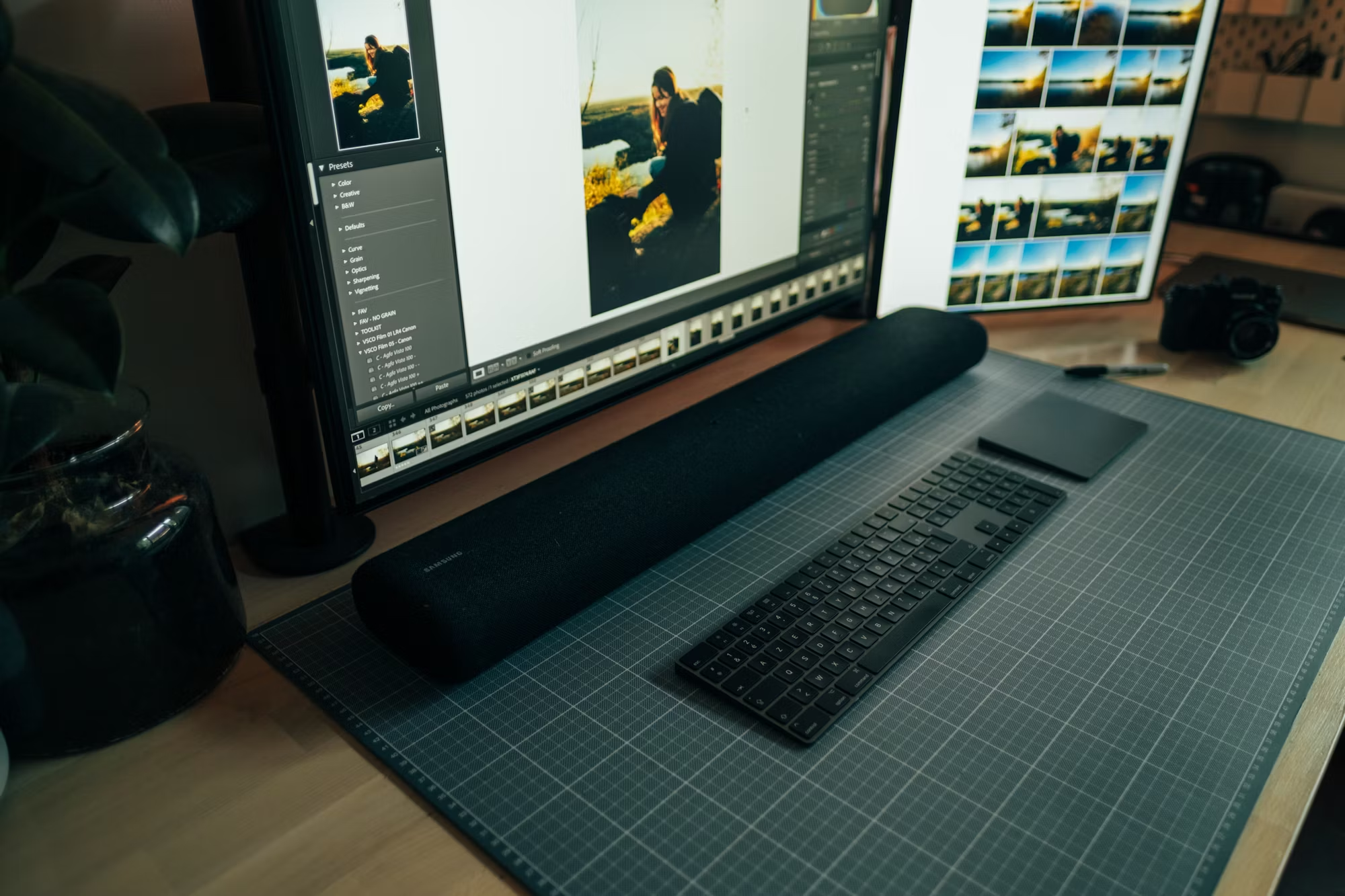The digital revolution has dramatically transformed music production, reshaping the way artists create, record, and distribute their work. This shift has democratized the music industry, making it more accessible to aspiring musicians while also challenging traditional norms. In this article, we will explore the evolution of music production, the tools and technologies involved, and the impact of these changes on the music landscape.
The Evolution of Music Production
Historically, music production relied heavily on physical studios equipped with expensive equipment and professional engineers. Artists would book time in these studios, often leading to high costs and limited access for many. However, the advent of digital technology has revolutionized this model. With the development of digital audio workstations (DAWs) such as Ableton Live, Pro Tools, and Logic Pro, musicians can now produce high-quality music from the comfort of their homes.
This shift began in the late 20th century with the introduction of affordable recording equipment and software. As computers became more powerful and software became increasingly sophisticated, the barriers to entry for music production lowered significantly. Now, anyone with a computer and a basic understanding of music production can create professional-sounding tracks. This democratization has led to an explosion of creativity, as artists from diverse backgrounds and genres share their work with the world.
Digital Audio Workstations (DAWs)
DAWs are at the heart of modern music production. These software programs enable users to record, edit, and mix audio tracks with incredible precision and flexibility. Unlike traditional recording methods, where musicians had to commit to a single take, DAWs allow for endless experimentation and refinement.
With features such as MIDI editing, virtual instruments, and effects processing, DAWs empower artists to create complex compositions without needing a full band or a professional studio. This flexibility encourages innovation, as musicians can easily layer sounds, experiment with different arrangements, and tweak their tracks until they achieve the desired result.
The Role of Sampling and Looping
Sampling and looping are fundamental techniques in modern music production that have gained prominence with digital tools. Sampling involves taking a portion of a sound recording and reusing it in a different context, while looping refers to repeating a section of audio to create rhythm or texture. These techniques have led to the emergence of new genres and styles, particularly in hip hop, electronic music, and pop.
Artists like Kanye West and The Avalanches have built entire tracks around samples, transforming familiar sounds into something fresh and innovative. Looping, on the other hand, has allowed producers to create intricate beats and layers, enhancing the richness of their compositions. The ability to manipulate sounds in creative ways has led to the birth of entirely new genres, such as trap and future bass, which rely heavily on these techniques.
Home Studios and Accessibility
The rise of digital music production has given birth to the home studio phenomenon. Musicians can now set up their recording spaces with relatively low investment, using microphones, audio interfaces, and monitors that cater to their specific needs. The accessibility of home studios has fostered a culture of experimentation and collaboration, enabling artists to work together regardless of geographical barriers.
In addition to affordability, online platforms have further enhanced accessibility. Websites and apps like SoundCloud and Bandcamp allow musicians to share their work easily, receive feedback, and even monetize their creations. This shift toward independent distribution has empowered artists to connect directly with their audiences, bypassing traditional record labels and distribution channels.
Collaboration in the Digital Age
The digital age has also transformed collaboration in music production. With cloud-based storage and project-sharing platforms, musicians can work together in real-time, regardless of their physical locations. This interconnectedness has led to exciting collaborations between artists from different genres and backgrounds, resulting in innovative sounds and cross-genre experimentation.
Collaborative projects like Billie Eilish and Finneas O’Connell exemplify the power of digital collaboration. The duo’s ability to create music together in their home studio has contributed to a unique sound that resonates with a broad audience. This model of collaboration is becoming increasingly common, as artists recognize the potential for creativity that arises from working with diverse influences.
The Impact on Traditional Record Labels
As independent artists gain more visibility and success through digital platforms, traditional record labels face new challenges. Many labels are adapting by signing artists who prioritize digital-first strategies and embracing the independent ethos. This shift has prompted labels to rethink their business models, focusing on artist development, digital marketing, and innovative release strategies.
Some labels are also investing in technology and data analytics to understand listener behavior better. By analyzing streaming data, labels can identify trends and preferences, enabling them to make informed decisions about artist promotion and marketing. This data-driven approach contrasts sharply with traditional methods, where decisions were often based on intuition or past successes.
The Future of Music Production
Looking ahead, the future of music production is poised for further evolution. Advancements in artificial intelligence (AI) and machine learning are beginning to influence how music is created and produced. AI-powered tools can analyze vast amounts of data, helping producers identify successful patterns and even generate music based on specific criteria.
Additionally, virtual and augmented reality technologies hold the potential to transform live performances and music experiences. Artists could create immersive environments that engage audiences in entirely new ways, blurring the lines between the digital and physical realms.
Conclusion
The digital revolution in music production has reshaped the landscape of the music industry, providing artists with unprecedented tools and opportunities to create and share their work. As technology continues to advance, the possibilities for creativity and collaboration will only expand. The ongoing transformation emphasizes the importance of innovation and adaptability in an ever-evolving industry, ensuring that music remains a dynamic and vibrant form of expression for generations to come.





